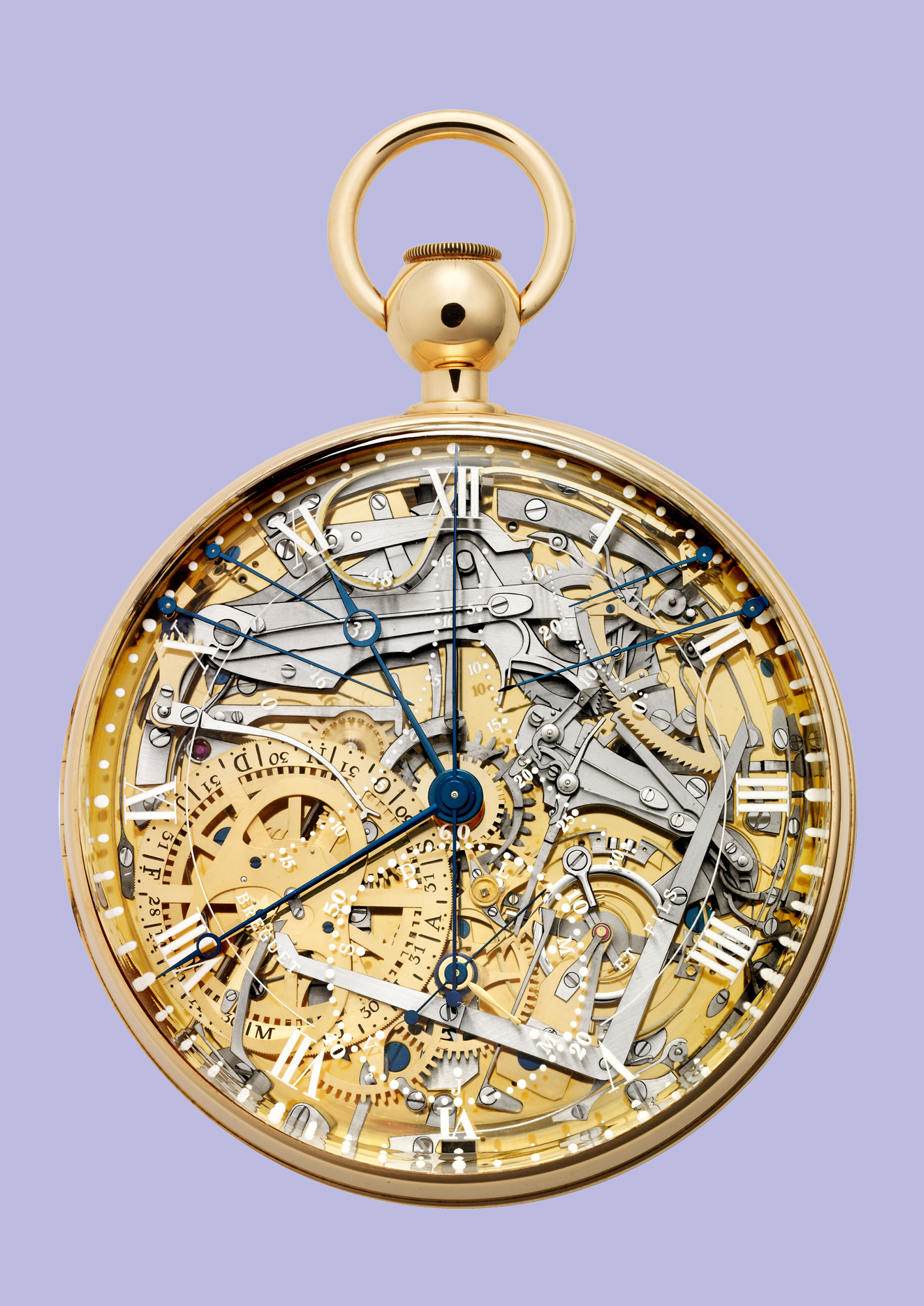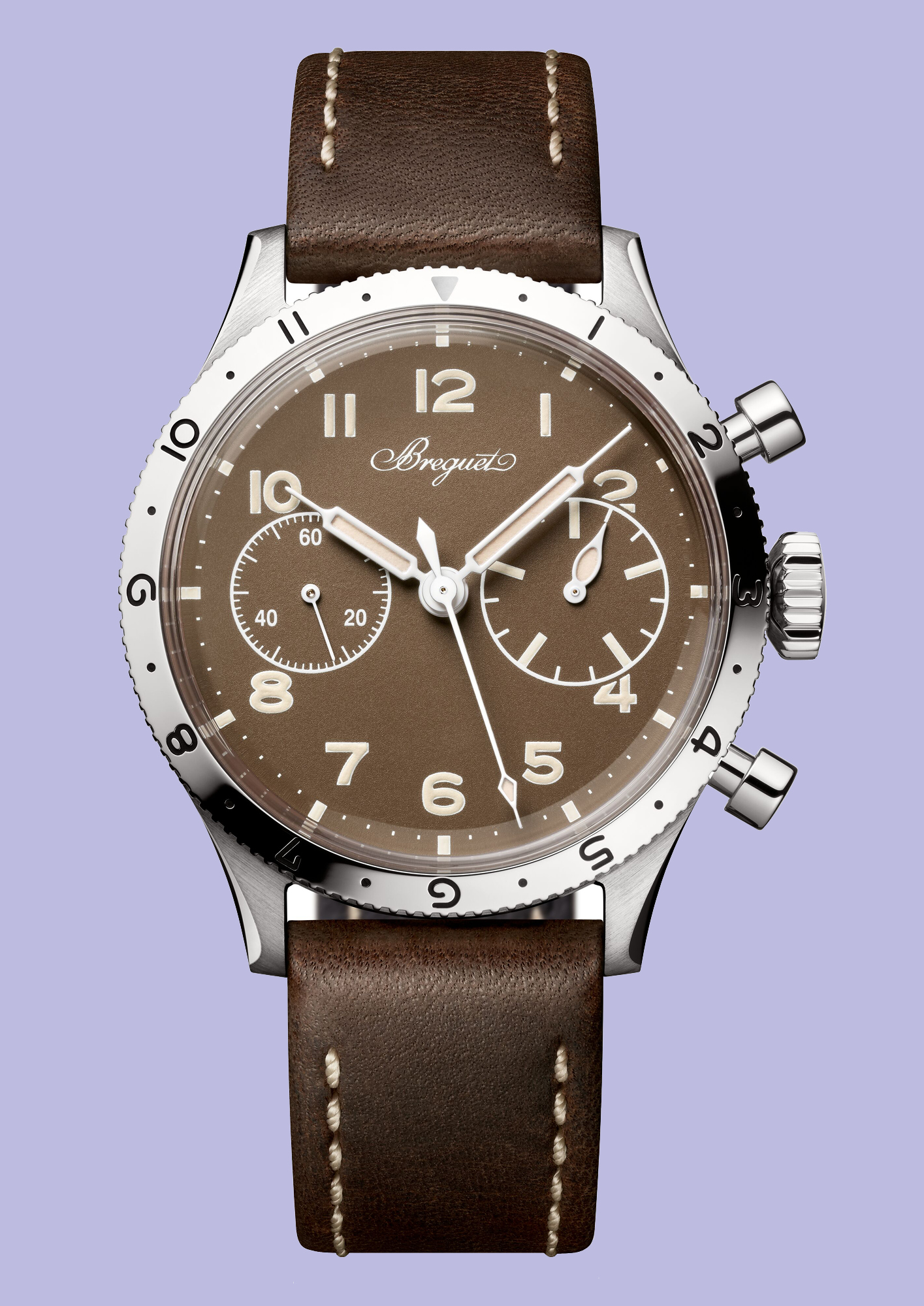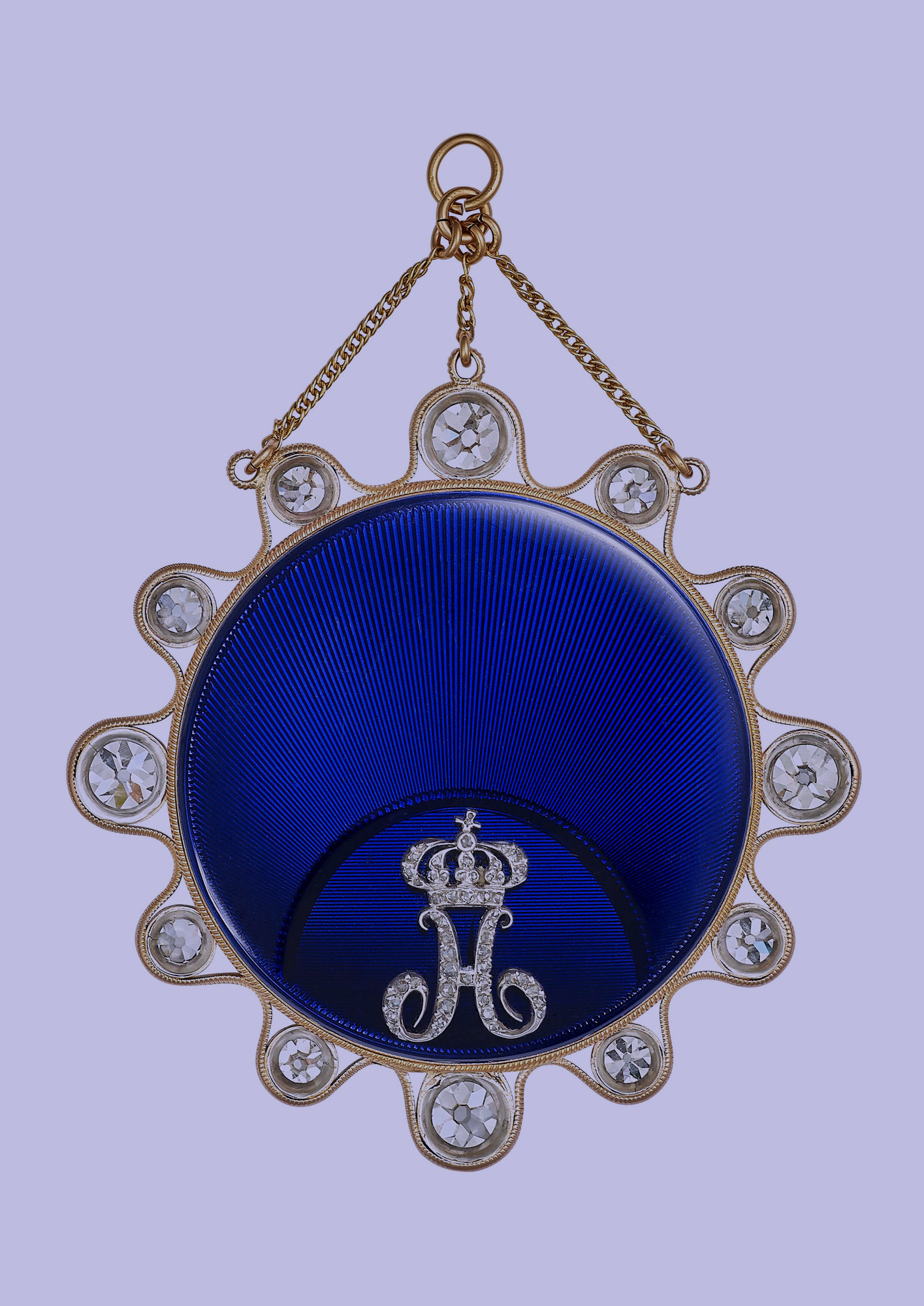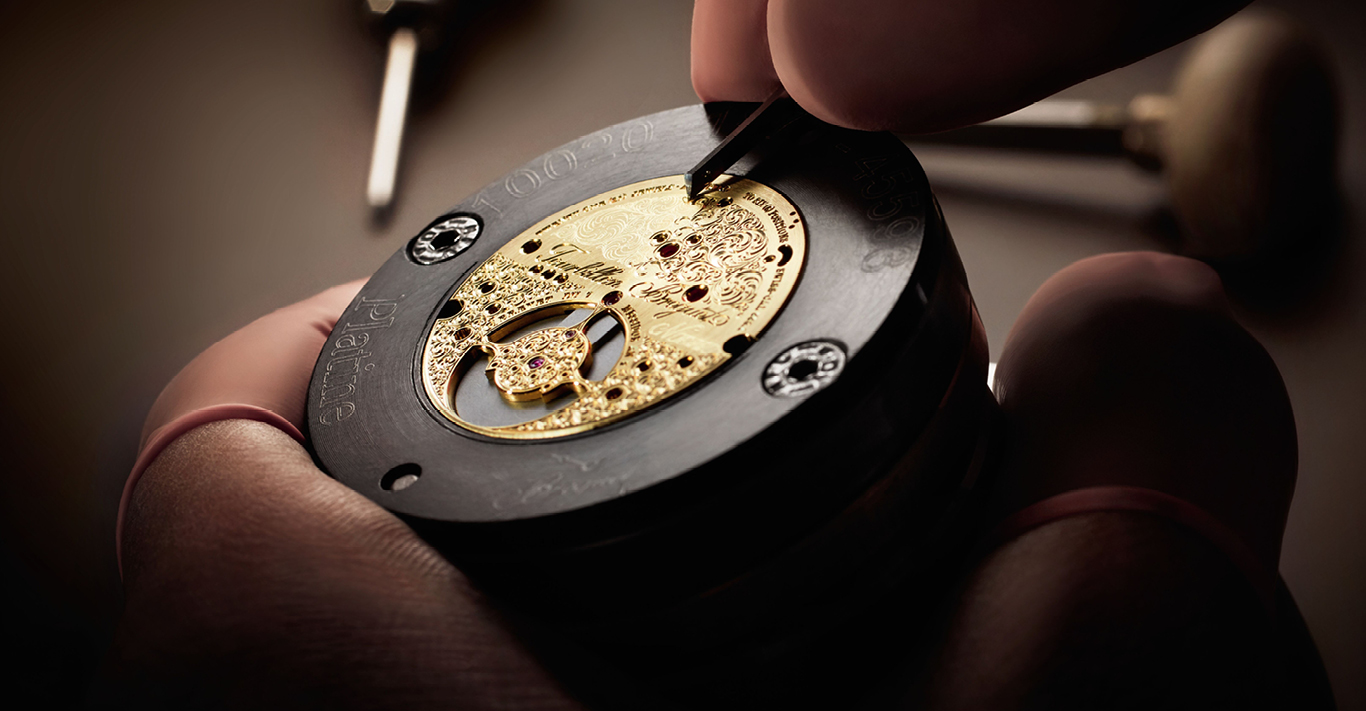WORDS
Ken Kessler
What do renowned watchmakers F. P. Journe, Daniel Roth and the late George Daniels, have in common beyond their occupations? All are devotees of Abraham-Louis Breguet. In fact, all watchmakers owe a debt to Breguet that cannot be repaid, as he is responsible for more inventions than any other single figure in the history of horology. That his name graces a family of modern wristwatches is just as it should be, especially for connoisseurs who value heritage as much as other sources of prestige.
What baffles this writer is why Breguet doesn’t immediately spring to mind as among the go-to brands for the finest of timepieces. A simple illustration of its pre-eminence will suffice: some years ago, a Swiss watch magazine, aimed at the trade, ran a series of interviews with watch company CEOs. One of the questions – perhaps most telling of all – was ‘Which watch would you wear if you could choose one from a rival brand?’ One specific model appeared repeatedly: the Breguet Tradition.
Why this piece? Because, as much as any wrist-borne creation inspired by Breguet, it oozed details associated with Breguet practice, thanks to an open-dial revealing its innards. But unlike a conventional skeleton watch, the Tradition splays out the movement’s sub-sections, providing an almost forensic opportunity to appreciate what Breguet bestowed upon watchmaking.

His clocks and watches were owned by the aristocracy and notables: Napoleon, the Empress Joséphine, and, of course, Marie Antoinette, though she never lived to see the eponymous watch that would become the most valuable timepiece in history. A list of Breguet’s technical achievements includes patenting the tourbillon, the overcoil balance spring, an early self-winding watch, shock protection, the perpetual calendar and others enough to fill massive volumes. That covers just what’s inside.
Breguet’s visual sense was so acute that the hands, numerals and dial surfaces he designed over two centuries ago still grace not only Breguet-branded timepieces but those from other makers. In addition to popularising guilloché dial patterns, his moon-shaped hands and italic Arabic numerals are referred to as “Breguet hands” and “Breguet numerals”, and rival makers show no qualms about identifying them as such – a rare case of competitors acknowledging an opponent.
Along with countless famed watch maisons, the Breguet manufacture drifted into obscurity, changing hands many times before being rescued by the Swatch Group in 1999. At this point, the watch revival was well underway, its previous owners having relaunched the brand in a small way in the 1970s. With Swatch’s Nicolas Hayek Sr cherishing Breguet for all it represented, Breguet’s true renaissance could take place.
Ironically, one of the most successful of all contemporary Breguet timepieces is the Type XX, atypical of the brand. It first appeared in the early 1950s, a chronograph – a true tool watch – for the air arm of the French Navy. Those with an historical bent, however, were not even remotely surprised: Breguet is the only watchmaking family that also produced aircraft.

This classic fostered a family including the XX, XXI and XXII with various functions. The latest addition, the Type XXI 3815 in titanium, adds a modern twist with coloured luminous material applied to a dial with two counters and date at 6 o’clock. The Type XX may be approaching septuagenarian status, but that hasn’t stopped it from being controversial: the announcement of a stunning one-off for this year’s Only Watch charity auction in November immediately elicited cries of ‘Please can we buy one, too!’ on social media.
Breguet, too, is credited with inventing the wristwatch (though that is a contentious topic which invariably elicits challenges). Suffice it to say, in 1810, Breguet was commissioned by Caroline Murat, the Queen of Naples, to produce a watch with a repeater movement fitted with a bracelet. The model exists in the current Breguet catalogue as a family of ovoid timepieces called “Reine de Naples”.

Joining the range in 2021 is the Reine de Naples 8938, which wears a delicate snow setting of 384 diamonds on its dial. Produced in white gold with a blue leather strap and in rose gold with an orange strap, a panoply of 161 brilliantcut diamonds also adorns the dial flange, the bezel, diamond lug, with a briolette diamond set into the crown. Providing contrast is a mother-ofpearl hours chapter ring on the dial at 6 o’clock.
But back to the Tradition: one of Breguet’s most highly-anticipated releases this autumn will be a limited-edition Lady Tradition, limited to 88 pieces. Also coming is a limited-edition tourbillon, the 35 examples commemorating the number Abraham-Louis Breguet sold during his lifetime.
As Tevye sang in Fiddler on the Roof, ‘Because of our traditions, we’ve kept our balance for many, many years.’ There’s an in-joke in that lyric if you know your watches. And if you do know your watches, then you need to know Breguet.




